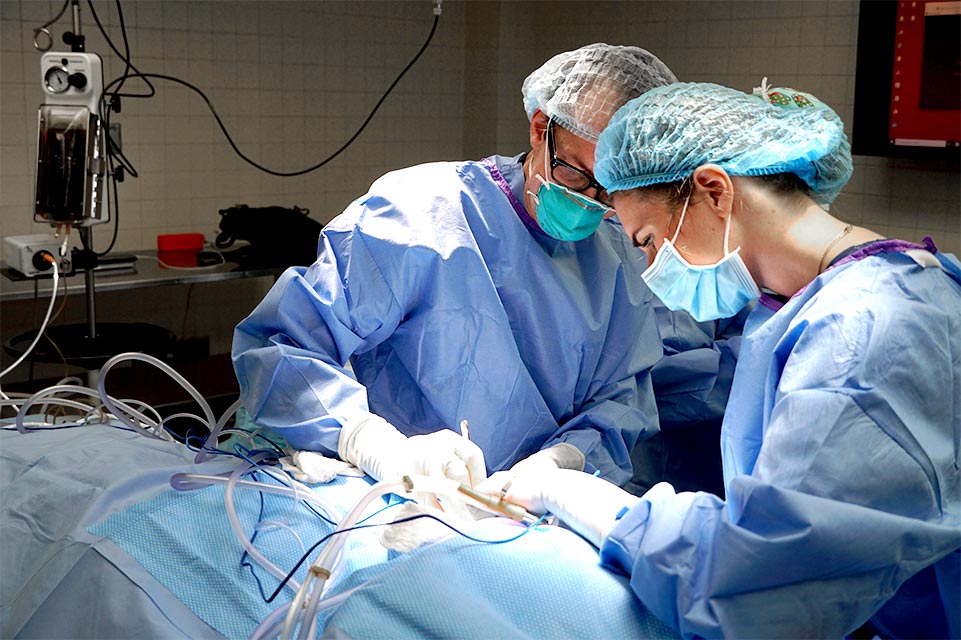Scheuermann’s Kyphosis Care
Our physicians have a way of changing lives for the better.
Only about 4% to 8% of kids in the United States have Scheuermann's kyphosis, but the physicians at Shriners Children's are skilled at transforming the lives of those who do.
The condition, also known as Scheuermann's disease or juvenile kyphosis, makes a teen's back seem rounded so it looks hunched over. This is one of the more severe forms of kyphosis and tends to run in families.
The small bones that make up the spine – the vertebrae – are usually rectangular. They stack like bricks with flexible cartilage in between. When your child has Scheuermann's, the front edge of some of the vertebrae in the upper back grow slower than the back edge. These vertebrae become wedge shaped, so the spine curves, making the back round out.
Care for You and Your Child
A diagnosis of Scheuermann's kyphosis can be stressful for the entire family. Those stressors can include fears about your child's future and insecurity about making the right decisions. Be reassured that if your child is diagnosed with Scheuermann's kyphosis, you'll have a Shriners Children's care team to guide you. Your child’s physicians, physical and occupational therapists, and other care providers understand the concerns of children and parents navigating this journey.
We’ve seen children with Scheuermann's kyphosis successfully progress through childhood, as they become active teens confidently socializing with friends and succeeding in sports.
Specific treatments and services may vary by location. Please contact a specific location for more information.
Understanding the Spine
To understand Scheuermann's kyphosis, it helps to understand the structure of the spine. The spine is made up of individual bones, called vertebrae, that are joined together by muscles and ligaments. Our ability to bend and twist our backs come from the fact that vertebrae are separate. Flat, soft discs cushion the vertebrae and prevent them from rubbing against each other.
Together the vertebrae, discs, muscles, and ligaments make up the vertebral column that protects the spinal cord from the base of the spine all the way up to the brain.
The regions of the spine have specific names:
- Cervical spine refers to the neck region.
- Thoracic spine refers to the upper back.
- Lumbar spine refers to the lower back.
Scheuermann's kyphosis typically develops in the thoracic region of the spine.
Signs and Symptoms
The main signs of Scheuermann's kyphosis are:
- A rounded, hunched back. Sometimes the rounding is hard to see. Other times it can be more noticeable. Kids can't straighten their curve by standing up.
- Back pain. About half of kids with Scheuermann's kyphosis have back pain.
The signs of kyphosis often become obvious during the growth spurt that happens around puberty.
Treatment for Scheuermann's Kyphosis at Shriners Children's
A Shriners Children's skilled and experienced physician will examine your child's spine, look at the X-rays and recommend treatment.
Treatment options include:
Observation. If the rounding of the back isn't likely to cause any problems, Scheuermann's kyphosis may not need any treatment. Kids will have routine checkups with us to make sure the rounding doesn't start causing problems. Most cases will stop progressing when kids are done growing.
Back brace. This brace is like a jacket that may be able to be worn under your child's clothes. It won't straighten the curve, but it will keep it from getting worse. Some kids wear the brace only at night, and others wear it for 18 to 20 hours a day. The brace is usually worn until your child stops growing. Our trusted orthotists will work with your child to custom-make a perfectly fitting brace.
Physical therapy. Exercises that strengthen the muscles in the back and core to support the spine better can sometimes help. At Shriners Children's, you can find board certified physical therapists right in the same building as the rest of the team. This kind of convenience makes Shriners Children's special. You will work with your child's therapists to develop a care plan that you can help your child do at home.
Surgery. Surgery isn't usually needed. But your physician might recommend a procedure called a spinal fusion for a severe case that causes pain or breathing trouble. Our skilled surgeons work as part of an experienced medical team to bring you the compassionate care for which Shriners Children's is famous.
Halo Traction to Treat Scheuermann's Kyphosis
In some cases, Shriners Children's skilled physicians may use what's called halo traction to treat your child. Your child stays in the hospital for this care. This treatment gently pulls a child's head and spine upward, applying a slow stretch to the spine. Physicians attach a metal ring that surrounds the head (a halo) to a pulley system. Slowly, over time weights are added to the pulley system. This pulling is called "traction."
While in halo traction at Shriners Children's, your child will be hospitalized and receive personalized, individual physical, occupational and respiratory therapy. It's all part of our child-centered, all-under-one-roof treatment philosophy!
When she was able to pick up the viola again and hold it with no pain, that was priceless.
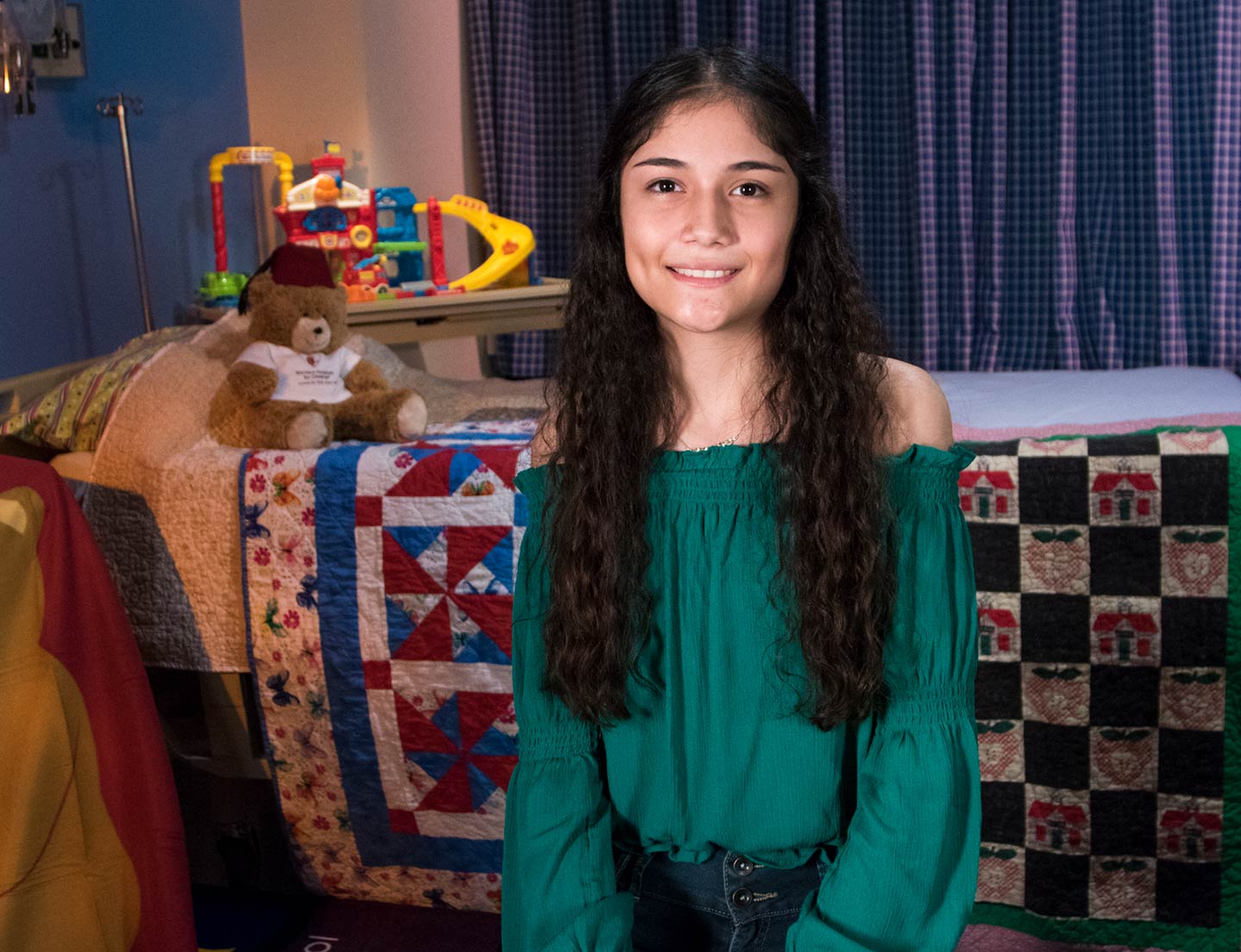
The MAGEC System for Guided Bone Growth
Innovative Treatments
View All Related Treatments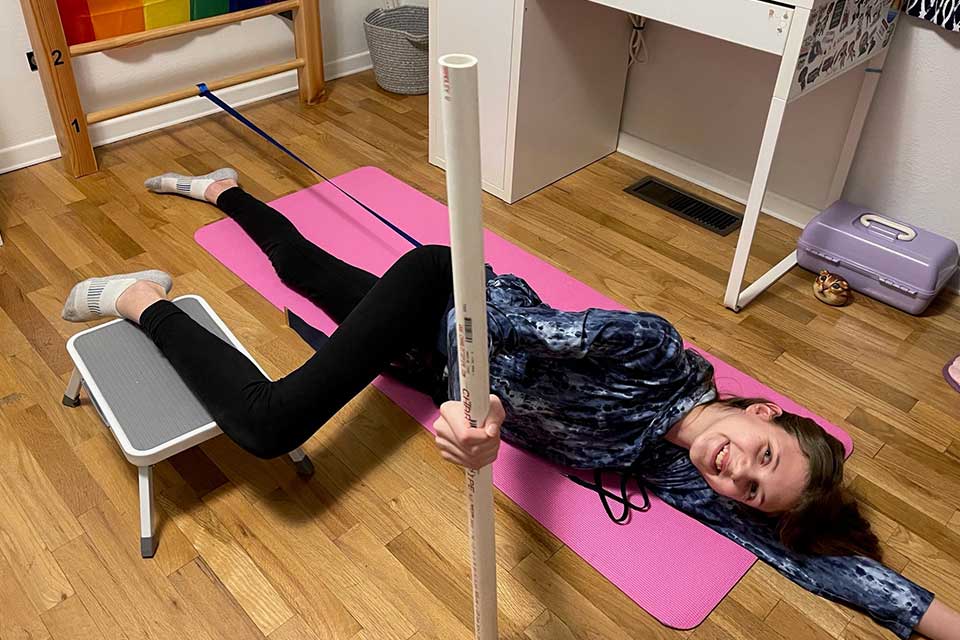
Mehta Casting
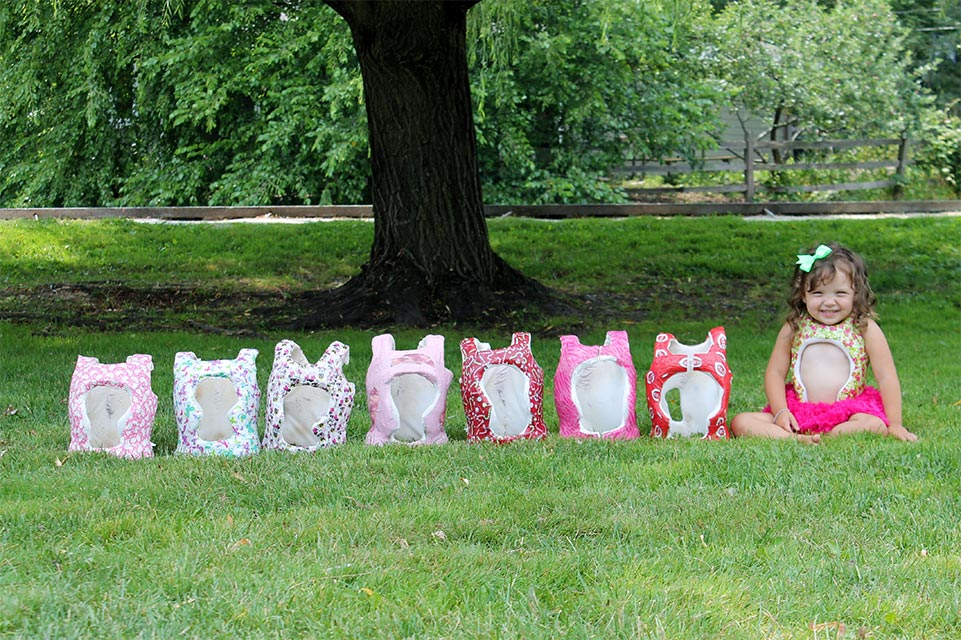
Bracing

Halo Traction
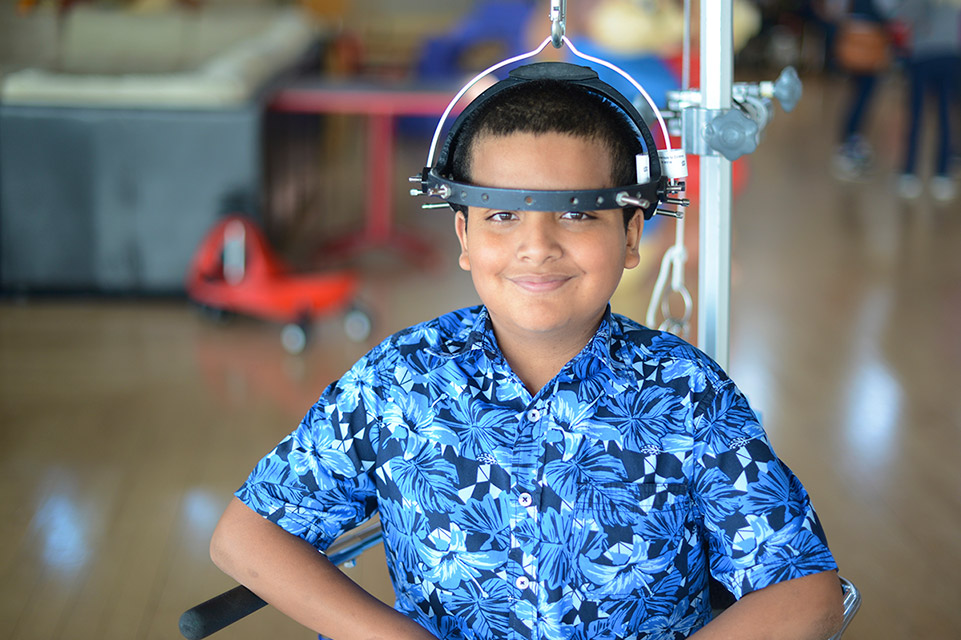
Growing Rods
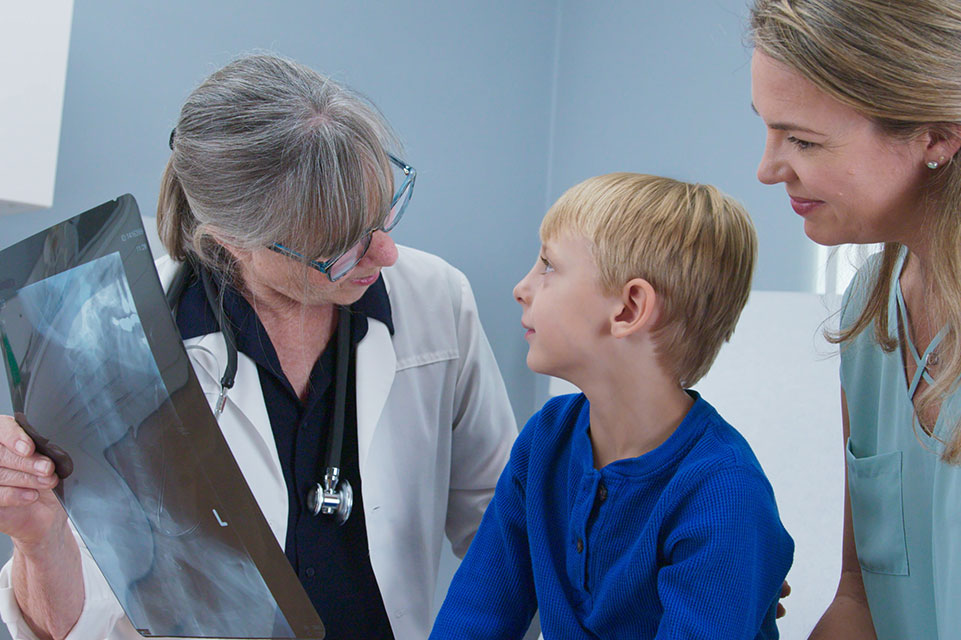
MAGEC System
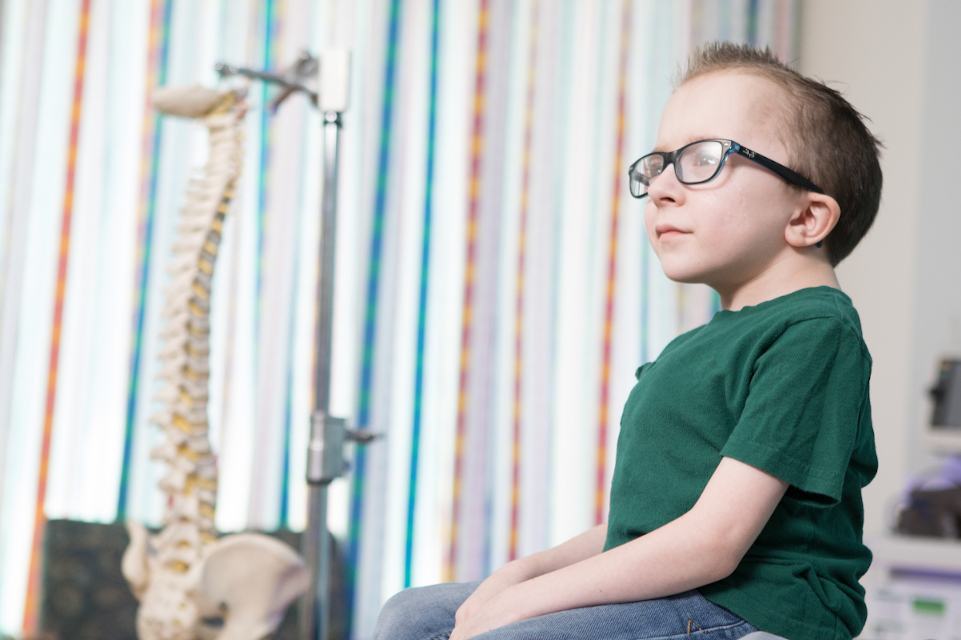
Spinal Fusion Surgery
